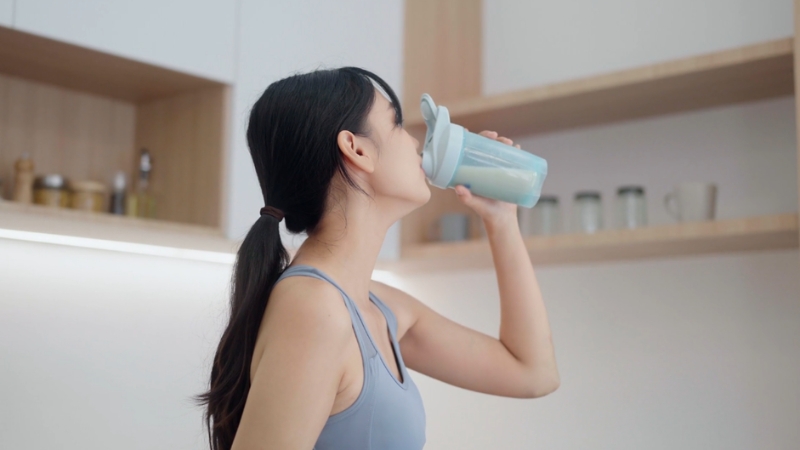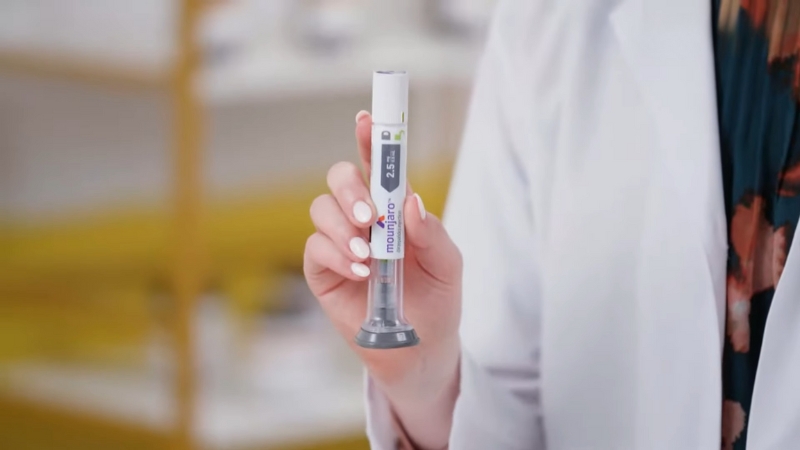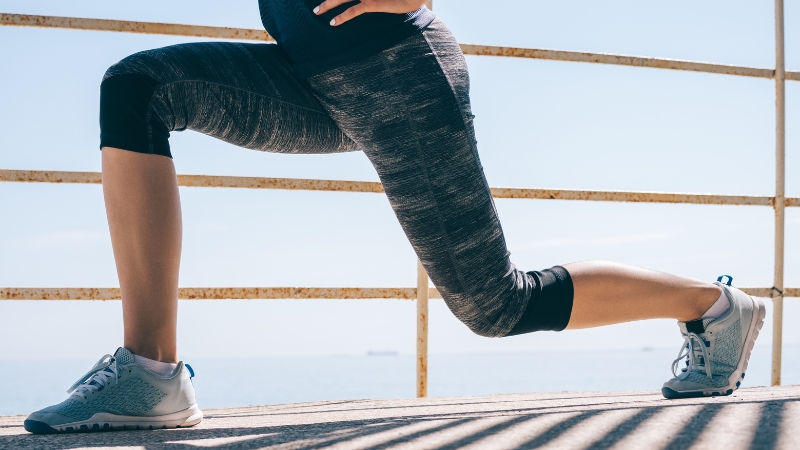
Share Post:
More people are paying attention to skincare routines before heading into their workouts.
The sweat, grime, and potential sun exposure create a perfect storm for breakouts, irritation, or dull skin.
With products like serums, moisturizers, and SPF entering the mix, many are left wondering about the proper order.
Here’s a breakdown that clears the confusion and provides a logical, effective skincare sequence before exercise.
Why Pre-Workout Skincare Matters
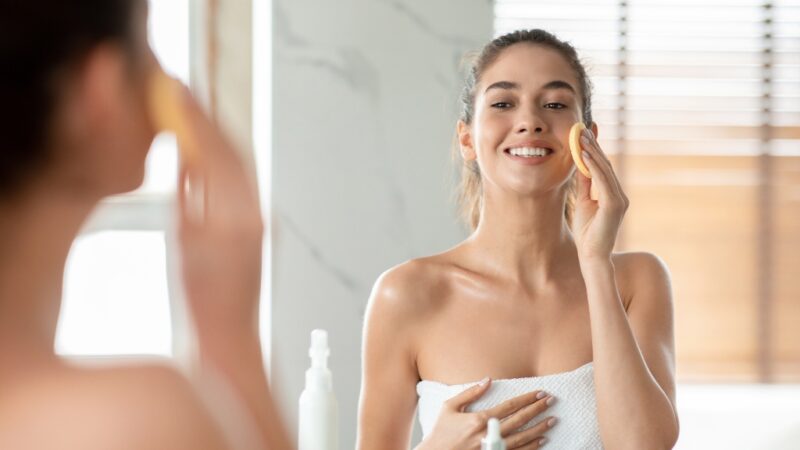
Sweating during physical activity helps regulate body temperature and flush out toxins, but it can also wreak havoc on the skin if not managed properly.
When sweat mixes with residual makeup, excess oil, and environmental contaminants, the skin’s surface turns into a breeding ground for bacteria and irritation.
That leads to common issues like clogged pores, inflammation, and breakouts.
Workouts naturally raise the body’s internal temperature, which causes pores to dilate. Enlarged pores are more vulnerable to intrusions like dirt, bacteria, or pollution.
Without a light, protective barrier, skin faces repeated exposure to damaging conditions, especially during outdoor training or gym sessions under bright lighting and stale air.
Prepping the skin allows it to perform under pressure, much like any other part of the body during physical activity.
It reduces the likelihood of stress-induced skin reactions, supports natural sweat flow, and helps maintain a balanced, healthy surface.
To highlight some of the critical concerns, consider the following:
- Sweat combined with makeup: Triggers pore blockage and acne flare-ups
- Pollution and UV exposure: Accelerate skin damage without SPF or proper prep
- Skipping pre-workout cleansing: Leaves the skin vulnerable to irritation and congestion
- Heavy or oily products: Interfere with temperature regulation and lead to discomfort
- Lack of protective layering: Increases the chance of redness, rashes, and dehydration
For those wearing makeup or SPF during the day, pre-workout skincare requires extra attention.
A double cleanse removes layers of residue, followed by lightweight hydration that supports the skin during physical exertion. Balancing protection with breathability becomes key.
Keep It Simple and Lightweight
Overcomplicating skincare before a workout leads to issues that show up fast, think breakouts, clogged pores, and uncomfortable sweating.
Heavy routines packed with layers of creams, oils, or active ingredients create more harm than good once the body starts heating up. Dense, occlusive products act like plastic wrap on the face.
They trap heat, prevent sweat from escaping, and cause irritation when mixed with movement and friction.
Sticking to simple, breathable, lightweight skincare makes all the difference. Sweat should be able to move freely across the skin and evaporate naturally. Using the right formulations allows that while still giving enough hydration and protection.
Look for products labeled with terms like:
- Non-comedogenic: won’t clog pores
- Oil-free: better suited for sweaty conditions
- Sweat-resistant: holds up during physical activity
- Fragrance-free: reduces the risk of irritation during heat exposure
Minimal layering doesn’t mean skipping what’s necessary. It’s about making smart choices and using only what serves a clear purpose. Each product should earn its place in the routine.
Key tips to simplify the routine:
- Limit yourself to no more than three products: cleanser, moisturizer, and SPF
- Choose lightweight gel or water-based moisturizers over heavy creams
- Avoid actives or exfoliants before exercise to prevent over-sensitizing the skin
- Stick to fast-absorbing formulas that won’t sit on the surface
Keeping things simple means the skin can focus on regulating itself during a workout without any extra burden. Lightweight layers work with your body, not against it, so you can move confidently and sweat without worrying about your face reacting poorly.
Step-by-Step Guide: What Goes First
Building a smart, effective pre-workout skincare routine begins with product order.
Using the right products in the right sequence sets your skin up for success, helping it stay calm, hydrated, and protected during physical activity.
Four key steps shape the base: cleansing, serum (optional), moisturizing, and applying SPF.
To make things clear and easy to follow, here’s a breakdown of each step with bullet points summarizing the key practices.
Step #1. Cleanser
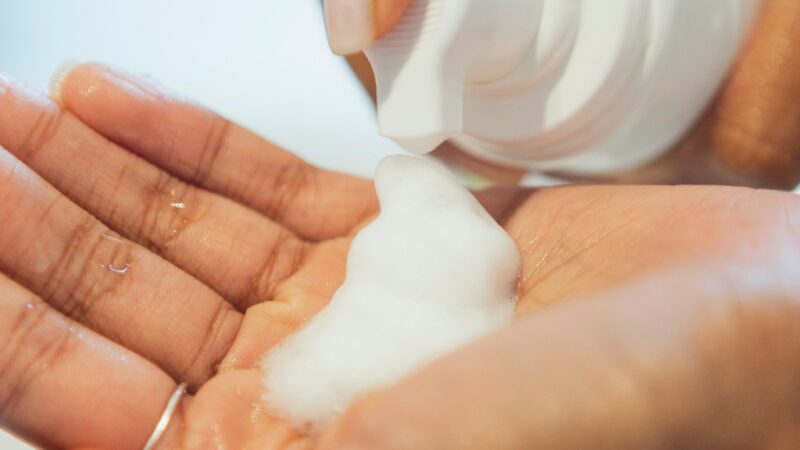
Cleansing is non-negotiable. Skin needs to be completely clean before adding any other product.
Sweat doesn’t clog pores on its own, but when combined with dirt, oil, or yesterday’s mascara, it quickly becomes a recipe for irritation or breakouts.
Best practices for pre-workout cleansing:
- Use a gentle, pH-balanced cleanser for bare skin.
- Double cleanse if makeup, SPF, or heavy creams were applied earlier.
- Begin with an oil-based cleanser to dissolve buildup, then follow with a water-based one to rinse away residue.
- Avoid stripping or foaming cleansers that leave the skin tight or dry.
Cleansed skin absorbs subsequent products better and prevents buildup that could clog pores once sweating begins.
Step #2. Serum (Optional)
Serums are optional in a workout routine, but they can be helpful in certain situations.
If the skin feels dry, tight, or dehydrated, a lightweight serum can bring fast relief without causing congestion. However, only calming or hydrating formulas belong here.
What to do and what to avoid:
- Use hyaluronic acid or peptide serums for added hydration.
- Skip active ingredients like AHAs, BHAs, or retinoids before physical activity.
- Apply only a thin layer if needed, and allow it to absorb completely.
Increased circulation during exercise can intensify sensitivity. Stick to ingredients that soothe, not stimulate.
Step #3. Moisturizer
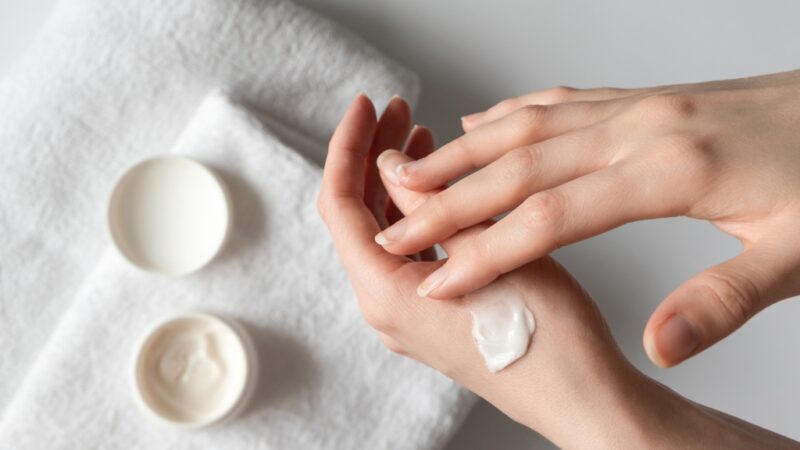
Moisturizing is about balance. Skin must stay hydrated, but layering on thick creams before sweating can backfire. Choosing a light, breathable product ensures moisture without blockage.
Tips for pre-workout moisturizing:
- Go for gel-based or water-based moisturizers.
- Avoid anything labeled as “heavy,” “rich,” or “occlusive.”
- Allow time for absorption before applying SPF.
- Choose non-comedogenic products to minimize breakouts.
A good moisturizer helps the skin stay flexible, resilient, and comfortable during movement, without interfering with the body’s natural sweat process.
Step #4. SPF (Always Last)
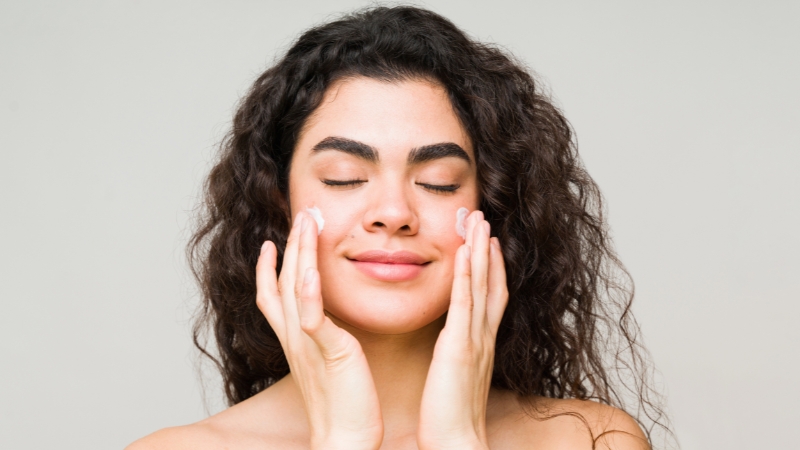
SPF is the final layer, no exceptions. It protects against UV rays, which are present indoors and outdoors, regardless of clouds or time of day. Without SPF, skin is left vulnerable to sun damage and premature aging.
What to keep in mind about SPF before workouts:
- Choose SPF 30 or higher, broad-spectrum protection.
- Use water-resistant or sweat-resistant formulas to maintain coverage.
- Gel, stick, or spray formats often work better for active conditions.
- Apply generously to all exposed skin, including ears, neck, and lips.
Skincare isn’t complete without protection. SPF locks in everything beneath it and shields the skin when exposed to sunlight or indoor UV sources.
Common Mistakes to Avoid
Even with good intentions, skipping or misapplying certain skincare steps can leave skin vulnerable during a workout.
Overlooking small details like SPF or using products that clog pores can undermine the entire routine.
Skipping SPF Indoors
Many assume sunscreen is only necessary outside, under direct sunlight.
UVA rays, however, penetrate through windows, exposing skin to low-level radiation even during a morning stretch by the living room window or a mid-day gym session under skylights.
While there may not be a visible sunburn, cell damage accumulates over time, leading to fine lines, hyperpigmentation, and increased sensitivity.
Applying SPF should never be skipped, no matter the setting. Think of it as armor, not just a beach essential.
Using Heavy Makeup or Dense Moisturizers
@muradskincare Does wearing makeup to the gym DAMAGE your skin? 😳 #murad #muradskincare #makeupmistakes #workouttips #dont #skincaremistakes ♬ Unholy x Bad Girls – IG: djhunnybee
Layering thick foundations, creams, or balms before exercise creates a physical barrier that traps heat, oil, and bacteria. As body temperature rises, these products block sweat from escaping naturally.
That buildup leads to breakouts, irritation, and inflamed skin. Lightweight, breathable skincare works with the body during movement, not against it.
A full face of glam might look polished at first, but during a workout, it becomes a trap for unwanted skin issues.
Starting Without Proper Cleansing
Heading into a workout with leftover makeup, nighttime skincare products, or even morning oil on the skin creates the perfect environment for clogged pores.
Sweat opens pores, which can absorb impurities sitting on the surface. That results in more than just a post-gym glow—it can mean blemishes, dullness, or even rashes.
Cleansing before exercise clears the slate and prevents unnecessary irritation. It’s the first defense against workout-induced skin problems.
Summary
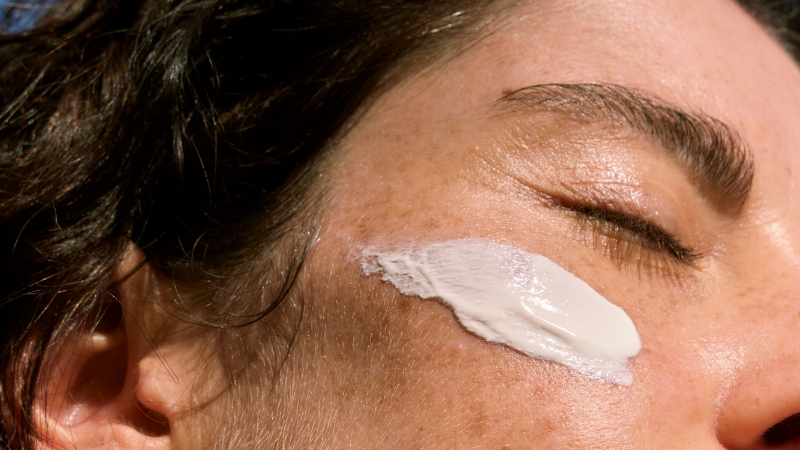
Correct product order makes a big difference in skincare effectiveness. Begin with a clean face, add serum if needed, lock in hydration with a light moisturizer, and finish with SPF.
Focus remains on balance. Skin should feel protected but never suffocated. Choosing simple, effective products allows the skin to do its job during exercise without interference.
With a clear plan in place, there’s no more guesswork—just results.
Related Posts:



